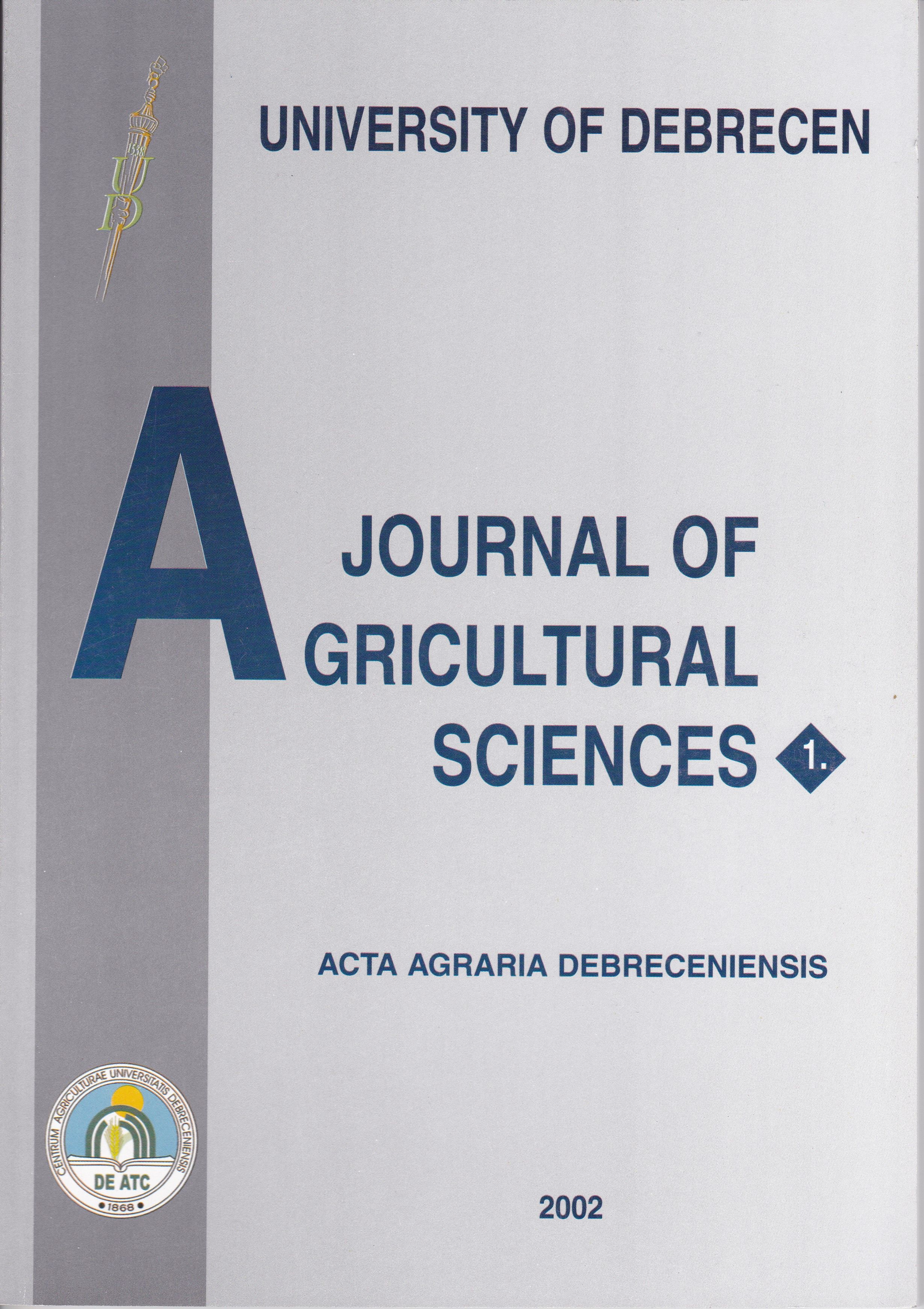Environmental Consequences of Efficient Use of Nitrogen Fertilizers
Authors
View
How To Cite
Abstract
Nitrogen fertilizer represents major economic burden. For this reason, although the efficiency of nitrogen utilization varies highly, its actual use generally remains at low levels; these averaging between 25 and 50%. We set up an experiment at the Oradea Research Station, using 15N labeled fertilizers, in order to investigate the possibility of increasing N fertilizer efficiency in winter wheat under irrigation conditions.
Fertilizers labeled with 15N allows us to individually determine its effect on yield formation, as well as the use efficiency of N from fertilizer following application rate and time. The amount of N derived from fertilizer as determined in straw and grain yield is high. When the labeled fertilizer is applied at tillering time, the values of this indicator rise when higher N levels we applied.
In separate experiments, we investigated a series of aspects connected to chemical fertilizer regarding the determination of the type of fertilizer, optimum time and rates of application; all these as a function of the special pedoclimatic conditions.
The results obtained in the field show that the effectiveness of N utilization in wheat is most variable and generally low, often ranging between 25 and 33%, owing to N loss within the system through leaching and NH3 volatilization.
A readily achievable increase in efficiency of 5 percentage points would result in considerable savings, and can be brought about by reducing nitrogen losses. The added benefits to the environment in terms of reduced ground/water contamination and lowered nitrous oxide (N20) emissions would also be substantial.
The figures for N fertilizer use efficiency (% N range from 35.5 to 72.6, the highest value being recorded with an N application of 120 kg/ha at tillering, when the previous crop was sunflower).
INTRODUCTION

 https://doi.org/10.34101/actaagrar/1/3535
https://doi.org/10.34101/actaagrar/1/3535